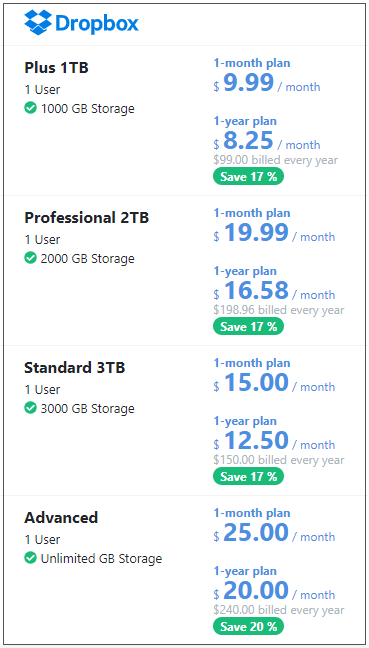

will remain fixed or increase year over year, limiting their ability to compete with a decentralized model that has no such costs.” – MetaDisk Whitepaper For current centralized cloud services, this would be impossible, as explained best in the Metadisk whitepaper: “This is competitive with centralized file hosts because even if their cost for storage media halves each year, their ongoing operating costs in data center rents, employee salaries, accounting costs, regulatory burden, legal fees, etc. If a decentralized storage system was completely autonomous, the price of storage could eventually drop near the 0 mark. The cost of storage generally gets cheaper and cheaper over time, since storage media capabilities double every 12 months. In Dropbox’s model, if you pay $99 for 100GB a year but don’t use half the space you end up paying for what could potentially be profit. On top of that, a user may rent out their extra hard drive space and make a substantial profit with Storj. Add $0.49 for cost of retrieving the data, and we’re looking at $1.96 for the same amount of storage as Dropbox’s $99 offer. With Storj, one would be able to rent out a VPS (Virtual Private Server) from a service such as Digital Ocean and run a 100GB MetaDisk webnode for only $1.47, which includes redundancy backup copies. Even if a user does not employ the full 100GB, he or she still has to pay the price.

Currently, one can rent out 100GB of storage space from Dropbox for $99 a year. Storj claims that buying and selling hard drive space in an autonomous network would reduce the cost of cloud computing by orders of magnitude, 10-100x cheaper. Cost Storj has come out with an infographic on the comparative costs of storing data between a decentralized system like Storj and a traditional centralized system like Dropbox.


 0 kommentar(er)
0 kommentar(er)
